[Apple II, BEZ]
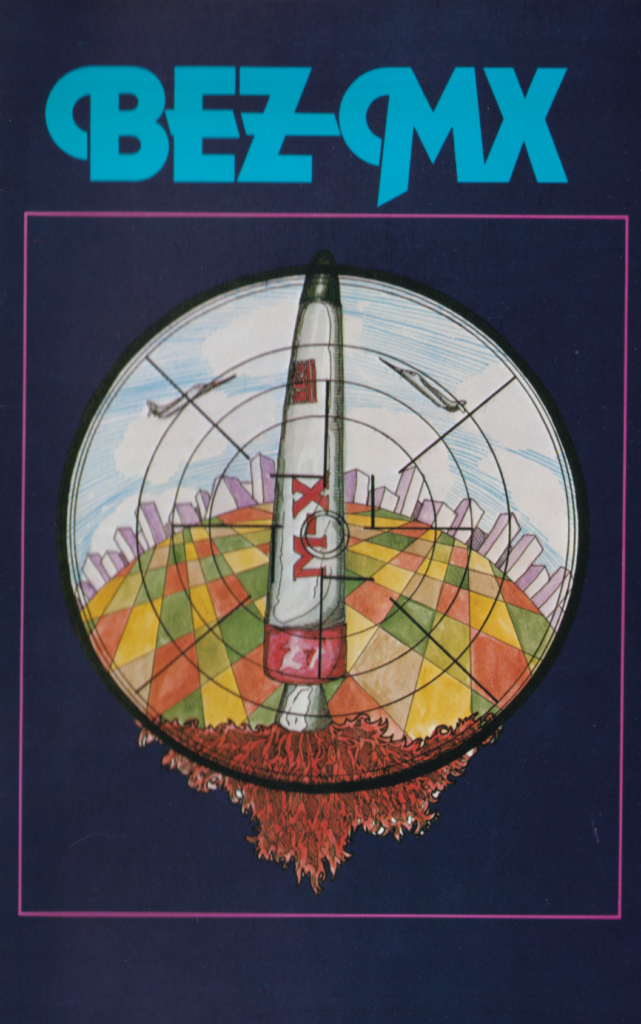
The starting situation in BEZ-MK is not too-dissimilar to the one experienced by the French and British people: our country has the Bomb, our closest neighbour also has the Bomb, there are historic rivalries between our two countries and we never completely trusted them.
So when in BEZ-MX one of country B’s plans cross the border of my beloved country A, we don’t want to hear about “navigation error” or “it was only a few miles” or “we are all part of the same alliance against country C“. There is only one sane reaction: Nuclear Warfare. Limited. We are not barbarians.
Here is the map of our two countries. On the left, you can easily recognize mine, country A.
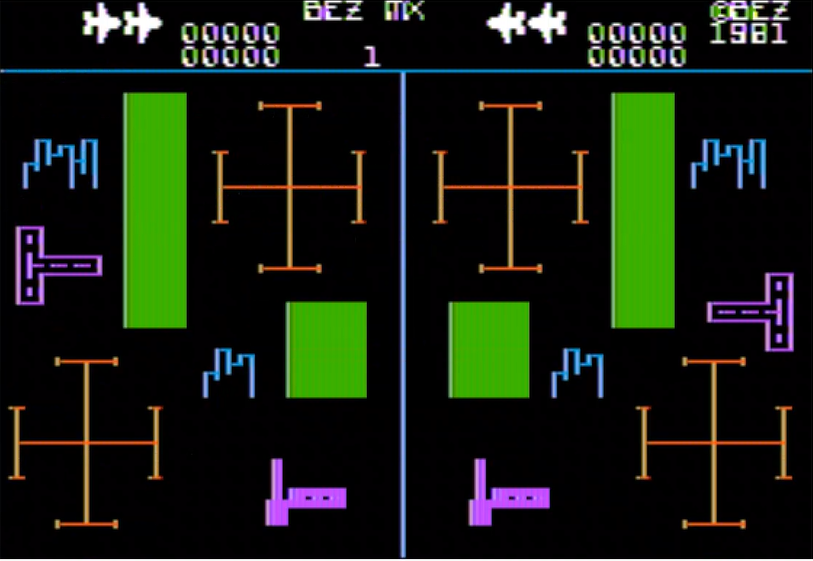
You can also recognize the key land sites of both countries:
- Our large Upper City and our smaller Lower City,
- The farms,
- The runway, from which we can launch our bomber, the BEZ-1,
- The factory, from which we can build two new MX missiles every period,
- And of course, the missile launch pads (from A to P), encompassing roughly 40% of our territory. We are serious about nuclear deterrence around here – that’s why we had to regroup the population in only two cities.

My objective is to destroy country B as much as possible and of course preserve my own country. To this effect, my accountants have valued every city, farm, factory, runway, plane and missile in “points”. The more points I accumulate before the end of the war, the better I perform. Of course, cities are worth the most points, and farms the least.
Every turn, I can send up to 8 missiles on as many different targets as I want. I open the war with only 4 of them, aimed at the enemy Upper City. Destroying the Upper City won’t help me militarily-wise, but it is undefended and will give me an early start. The war ends when one side is out of weapons, so it is possible to “win the war” by disarming the other country, but still lose on points.
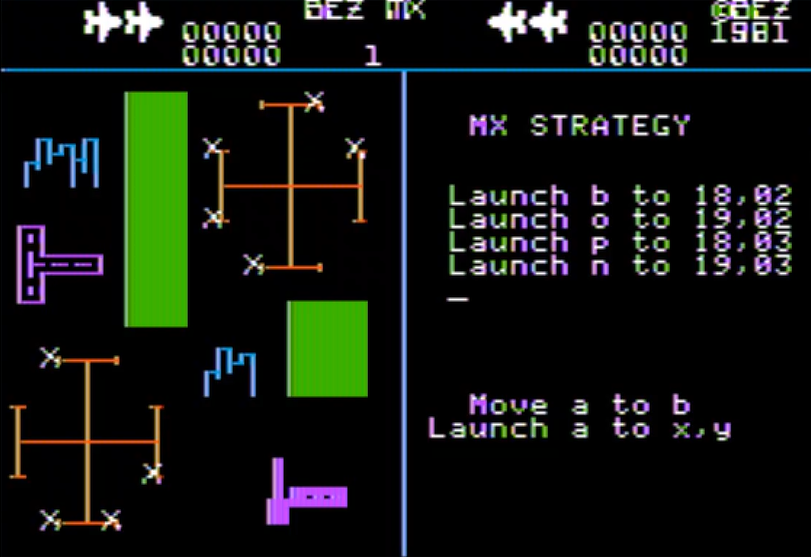
My airfield also contributes to the war effort, though alas I can only send one BEZ-1 every turn. It is ordered to patrol along my border – it will automatically shoot down all the missiles it comes in contact with:
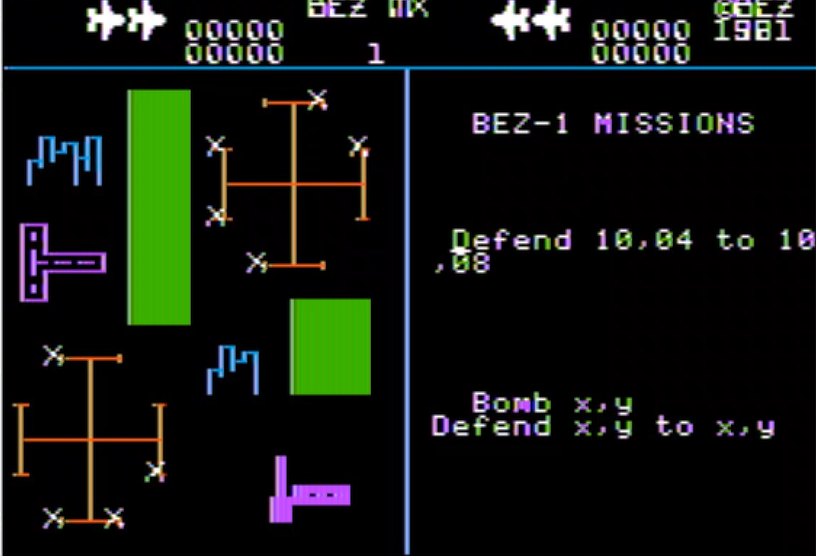
As for my opponents, they send 3 missiles toward my airfield, and transfer some missiles from one pad to another:
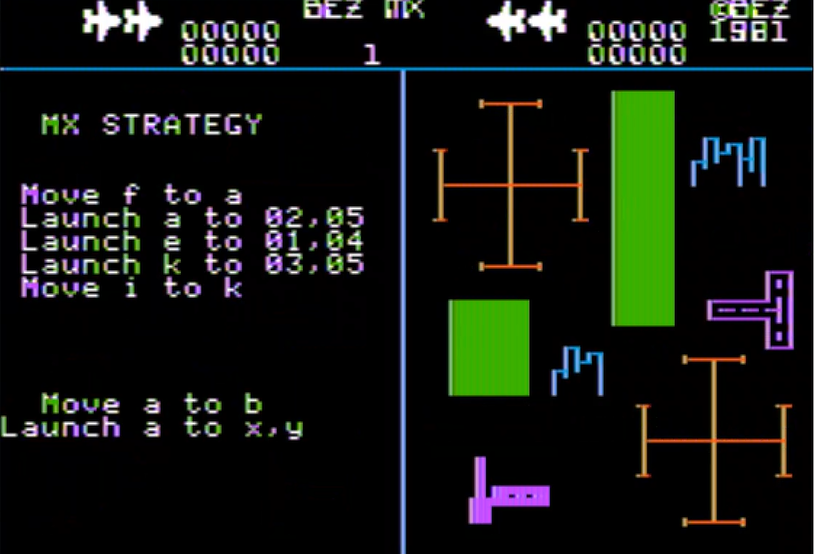
The war begins:
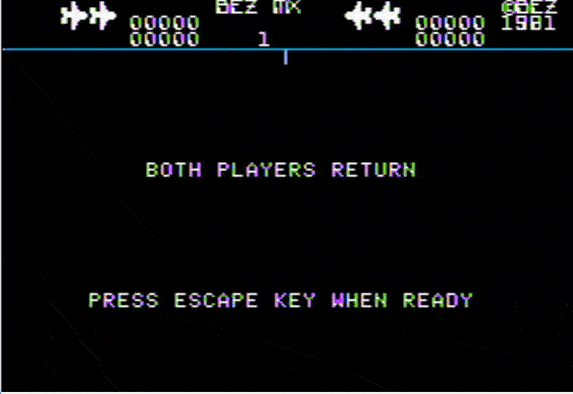
I hit the city twice, while they hit my airfield only once. My opponent also had an accident, transferring a missile to a pod before it had not been emptied beforehand. The two missiles collided and blew up, destroying the pod.
The following turn, I focus on the enemy factory – I expect their BEZ-1 to defend either their airfield or their cities. I even allocate my BEZ-1 to a bombing mission: the BEZ-1 is devastating as it is accurate and blows up an area four times larger than the one destroyed by a missile; alas when loaded with bombs the BEZ-1 can also be shot down by anything it meets in the air, including enemy missiles.
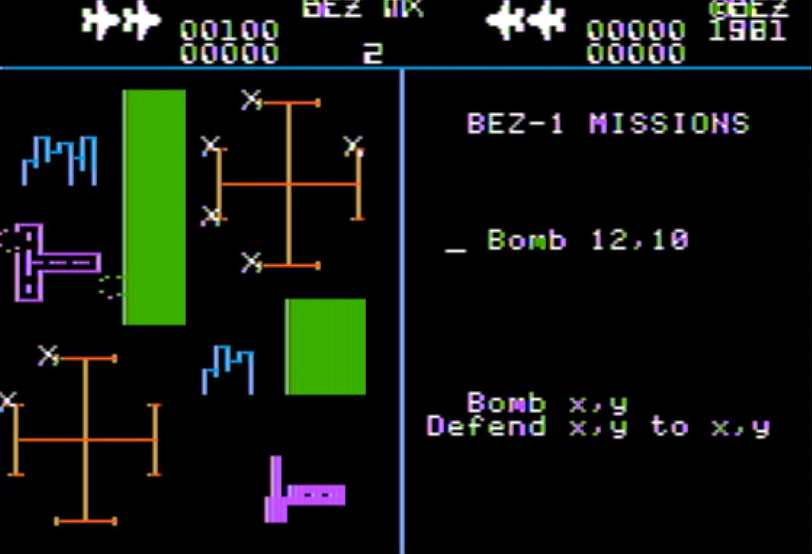
The plan works: the enemy factory is badly hit… and so is my airport:
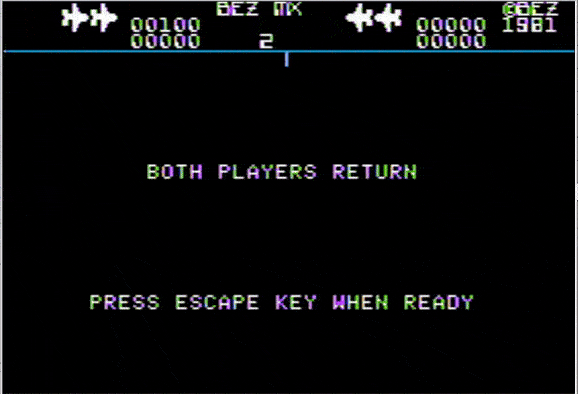
The following turn, I finish off the enemy factory… just as my opponent destroys my airfield with a bombing run, which I did not expect:
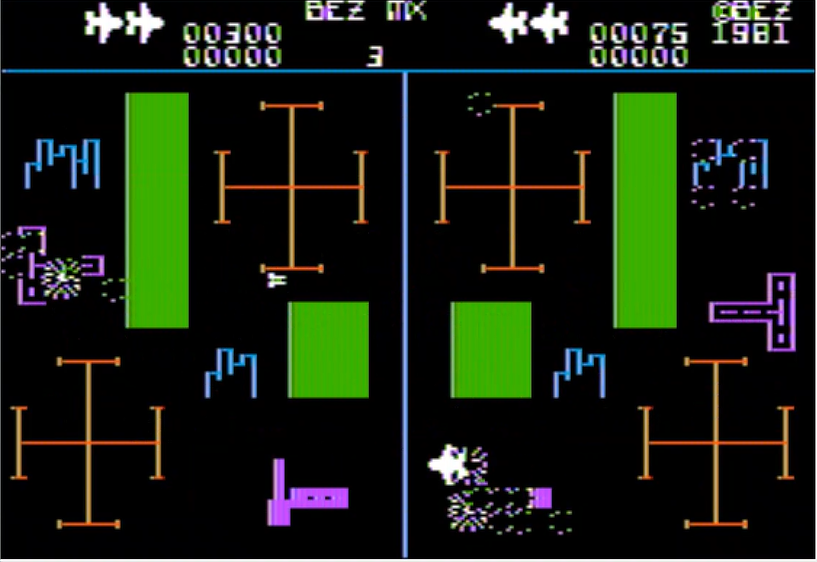
The situation is that I don’t have BEZ-1 any more, while my opponents will be unable to build additional MX missiles.
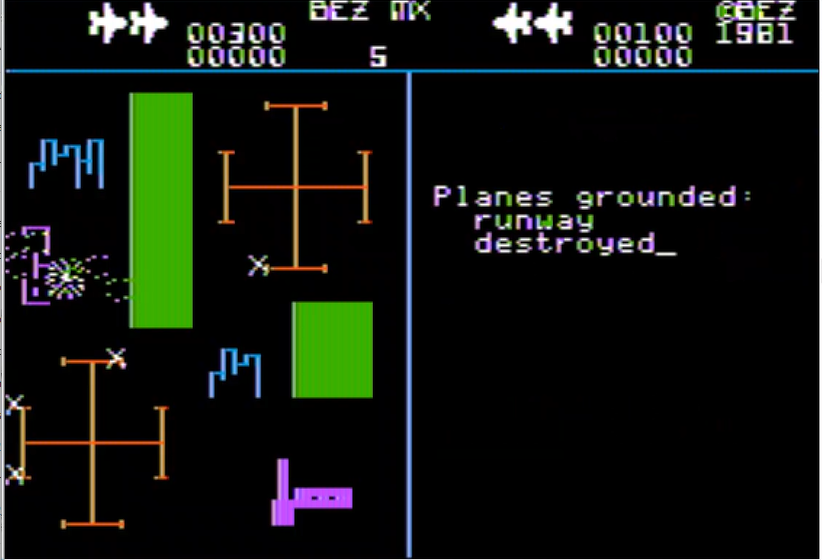
I stockpile my missiles for a few turns. Meanwhile, country B spends some of their last missiles on my factory, with the BEZ-1 doing defensive patrols over their airfield. An earthquake devastates the map but hits neither the enemy airfield nor my factory, so it has no impact on the war:
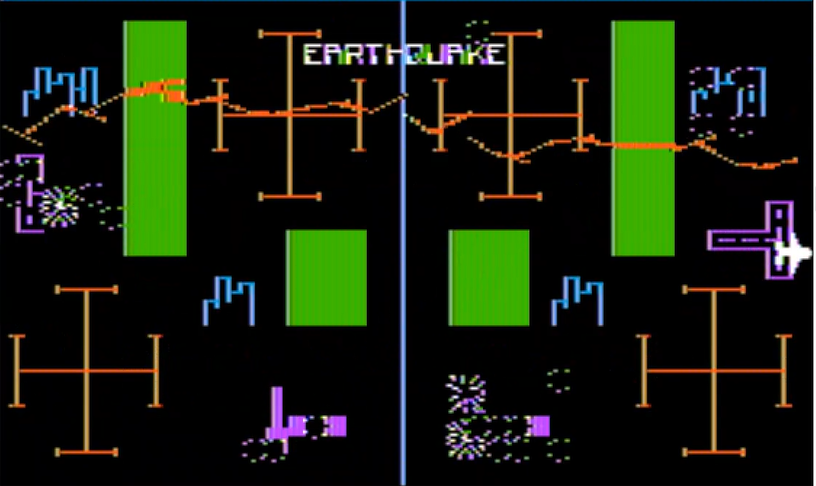
My opponent keeps damaging my factory, so I send a last salvo toward the enemy cities…
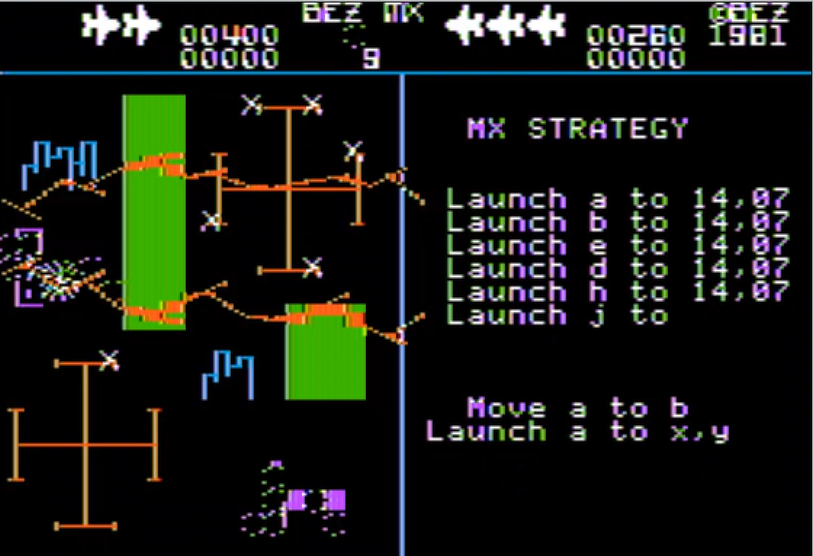
And one turn later, my factory is disabled, ending the game.
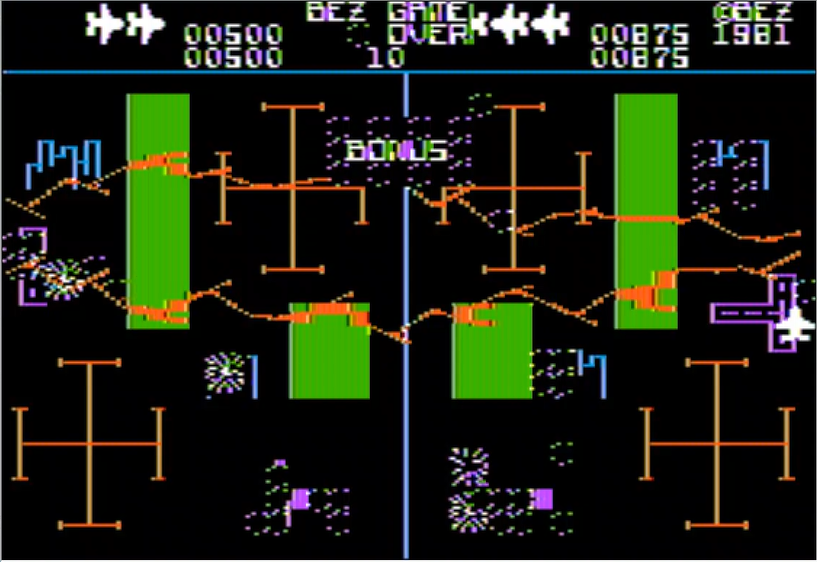
I lost on points as the nation still capable of fighting receives bonus points for all its missiles and planes still in working condition. Still, look at what’s left of their once-proud cities!
Ratings & Reviews
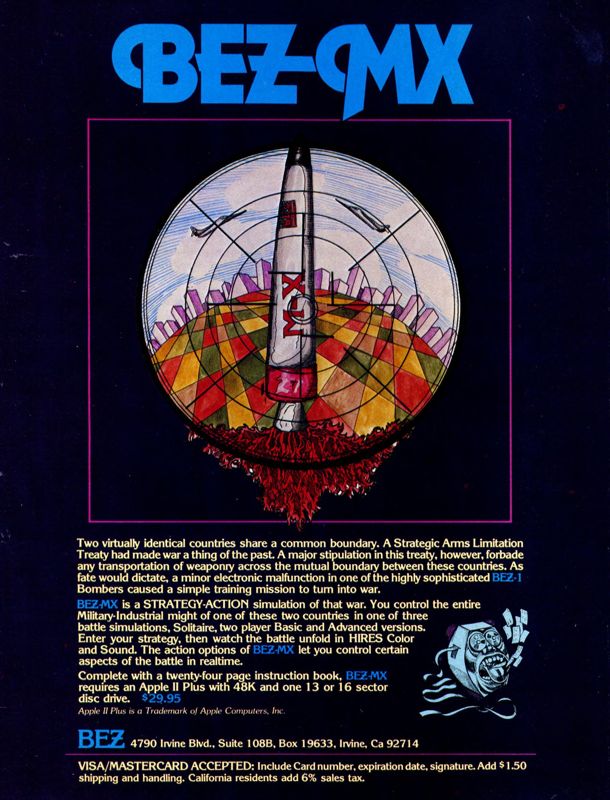
BEZ-MX, by John Besnard, published by BEZ, USA
Genre: Nuclear Warfare
First release: 1982 on Apple II
Average duration of a session: Around 15 minutes
Total time played: 1 hour
Complexity: Easy (1/5)
Final Rating: Totally obsolete
Ranking at the time of review: 84/122
BEZ-MX is part of a series of games published by BEZ in 1981-1982, a company founded by John Besnard (presumably pronounced Beznard). The only thing the games have in common is “Bez” in their name (Bez-MX but also Bezwars, a 2-player Space Invaders, Bezman, a Pac-Man clone, Bez-Wax, a musical quizz game and Bezoff, an arcade compilation of mini-games). Later, BEZ published at least one more non-“Bez” game and then disappeared, with John Besnard publishing his future games in other companies – although he couldn’t always resist adding “Bez” in the name. The last of Besnard’s games was the puzzle game Bez Pegs in 1994, and that’s unfortunately all I can say about BEZ and John Besnard.
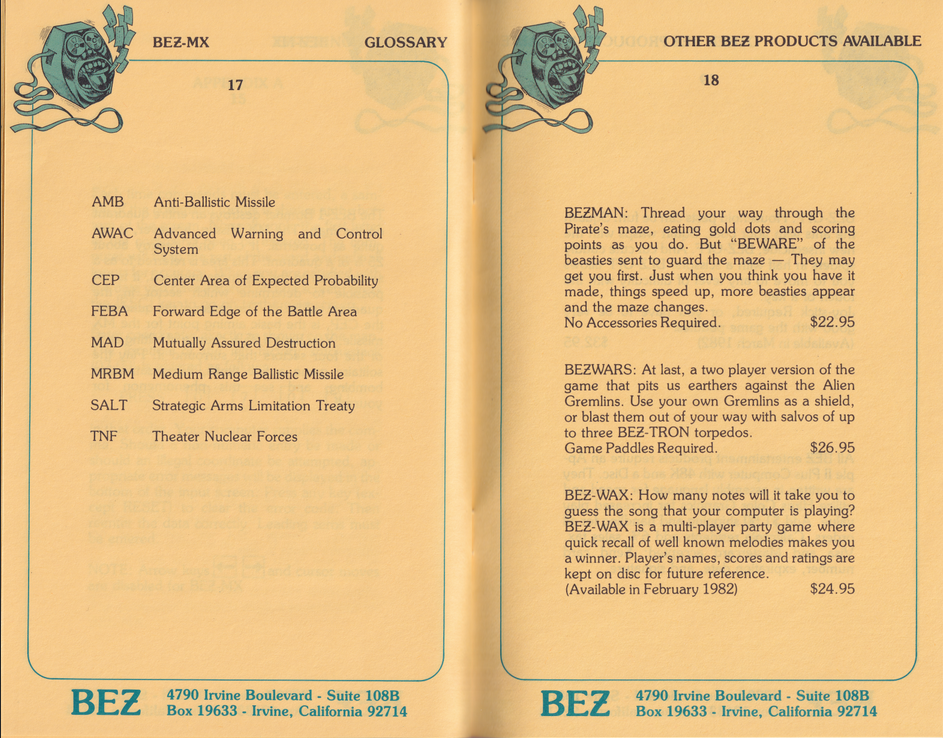
BEZ–MX was released between the end of 1981 and early 1982 and has been occasionally listed as one of the RTS precursors. This comes from the multiplayer mode, which adds a few more options for players using the paddles: control of the vertical movement of the BEZ-1 when defending and on the timing of the launches of the MX missiles, though the list of missiles and their order of launch must be programmed during the strategic phase. These are arcade features in my opinion but, granted, they make BEZ-MX a strategic game with real-time elements.
A. Presentation: Very poor. The manual is nice and includes a short story introduction, which is as dry as the game itself.
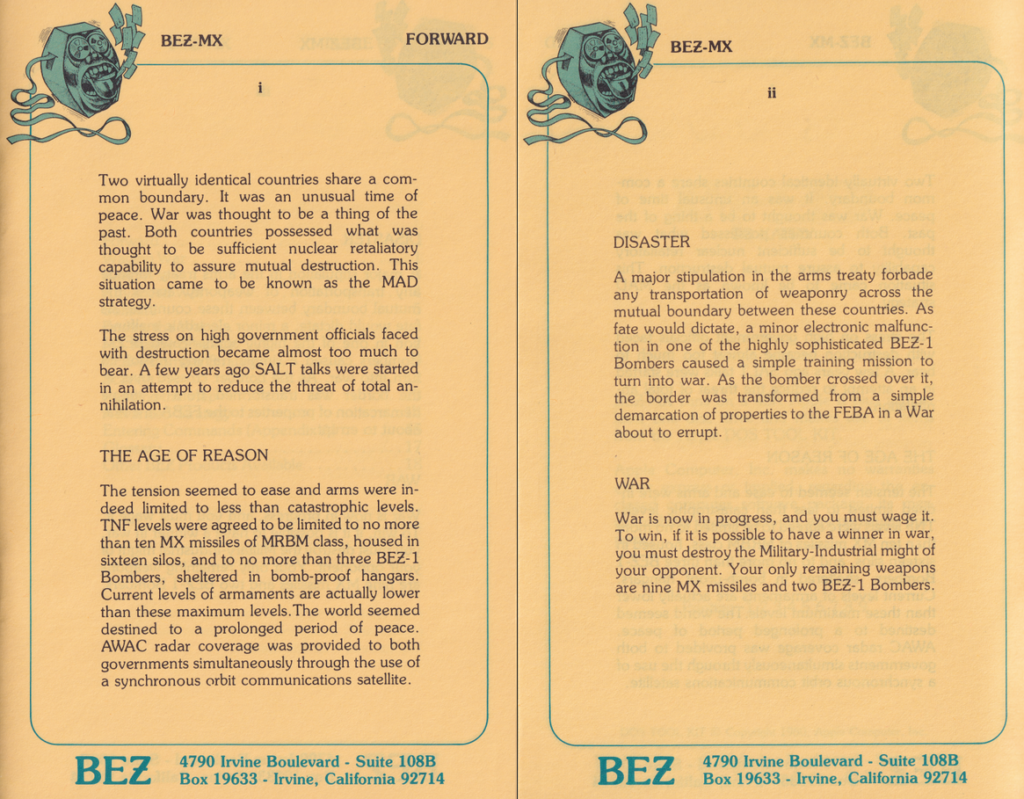
B. UI, Clarity of rules and outcomes: Poor in solitaire, Terrible in multiplayer (see below).
C. Systems: Very poor. BEZ-MX has too few options to be interesting, with in solitaire only 3 possible targets:
- The cities,
- The airfield,
- The factory,
The farms are not worth enough points, and the launch pads are too small and too disseminated to be a worthwhile target – which also makes moving the missiles from one pad to another useless. Ultimately, the game is a mix of luck (for missile accuracy and interception) and of second-guessing the other player.
In multiplayer – which is how the game was designed to be played – there is another layer of gameplay: population allocation and factory strategy:
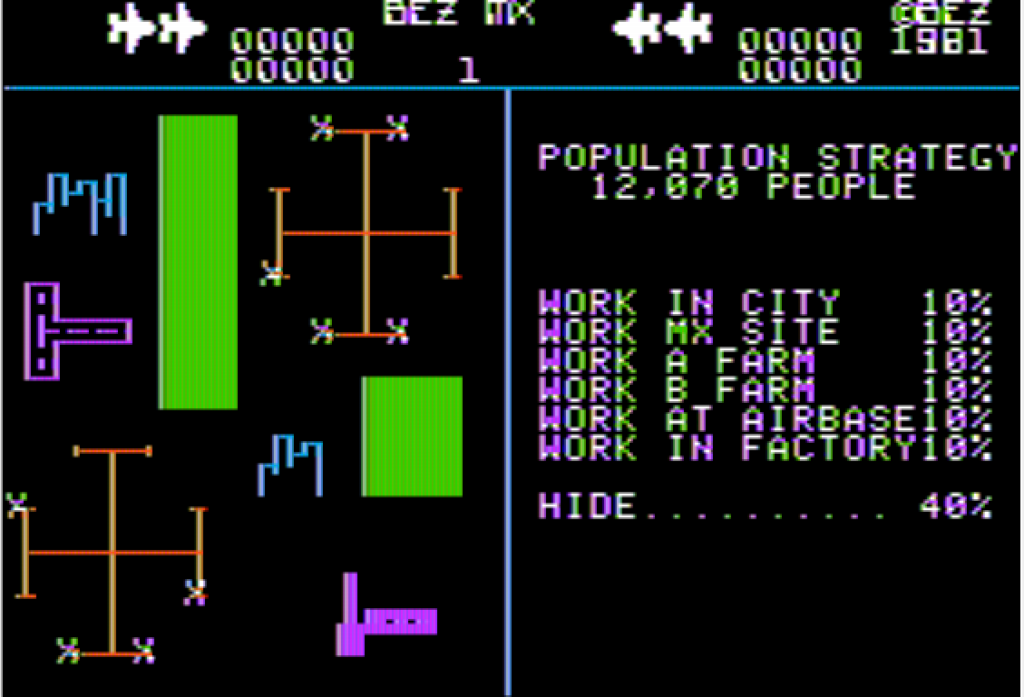
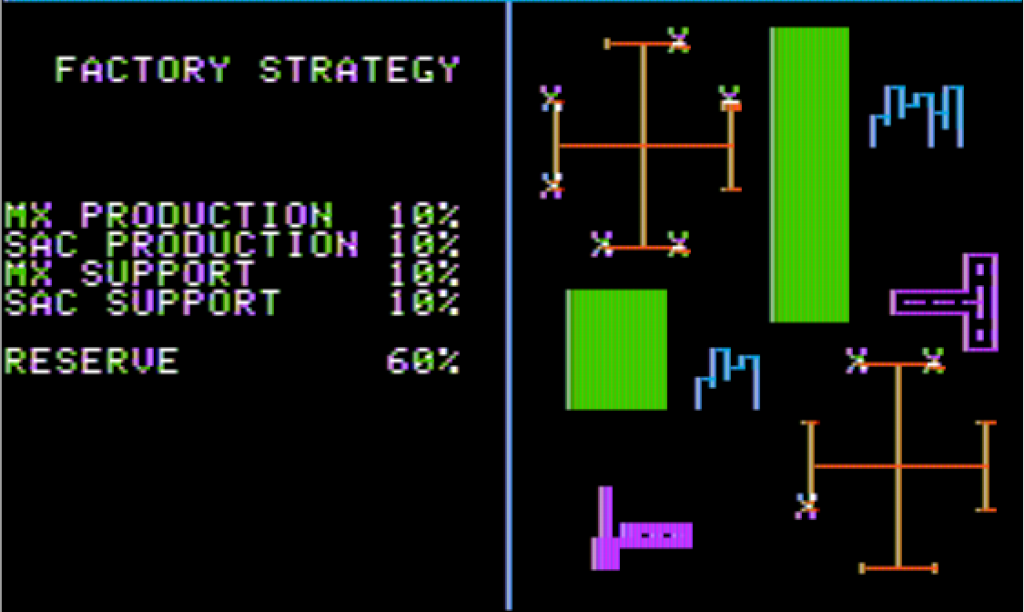
The airbase, the factory and the launch sites need some population to work (and the more population you allocate, the more they produce in the case of the factory). The population itself only survives if a part of it is working in the farms and in the city, but of course anyone working is exposed to MX missiles and BEZ-1 bombing runs, so you may want to keep some of your population hidden.
This could have been an interesting design, but alas it is ruined for two reasons. First, the game asks you to choose a superfluous “factory strategy”: clearly if you allocated a large share of your population to the factory you wanted to focus on “MX Production” so why is the game asking? Worse, the manual does not tell you anything about how the feature works (“by intent, no more documentation is provided for Advanced War”), and the player is left to guess how the two decisions interact and what are the key production thresholds. This could have been forgivable in solitaire, but in multiplayer it means you must either test different values in tedious “solo-multiplayer” games or YOLO it during a real match and hope to be luckier than your opponent.
D. Scenario design & balancing: Very poor.
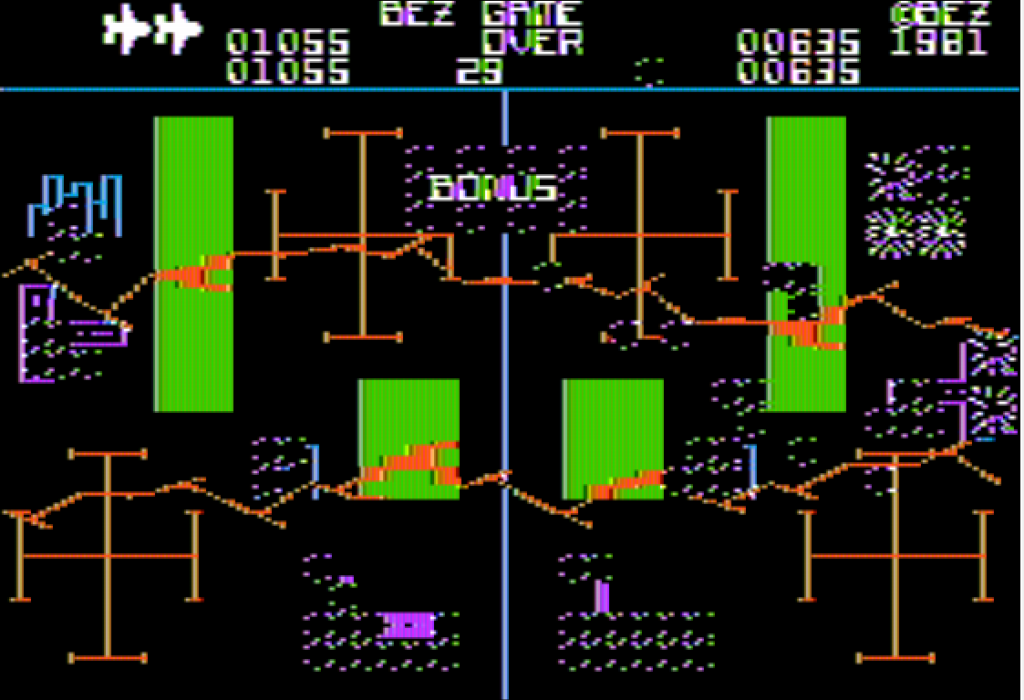
E. Did I make interesting decisions? Rarely. Luck trumps strategy.
F. Final rating: Totally obsolete. Not deep enough in solitaire, and too many more interesting alternatives in multiplayer – I don’t think I would have played this game with my siblings more than a few times. If you want to play a game with nuclear missiles, Avalon Hill’s Nukewar is by far a more interesting experience.
Reception
BEZ-MX received two mildly positive reviews, both insisting on the multiplayer aspect:
- Softalk in March 1982 (“the two-player version of BEX-MX makes for a pretty good game“)
- Computer Gaming World in July 1982 (“The pure arcadist will probably not find BEZ-MX his cup of tea but for those of you who like strategy games with a little arcade flavor, at $29.95 BEZ-MX is worth considering.”)
By 1984, BEZ-MX was completely forgotten, and this is the last time I will write about either BEZ or John Besnard’s production.
One Comment
Those B Bastards, you’ll get them next time I’m sure.
It’s important to have choices that make sense. The Americans were considering having missile trains to avoid them being hit, so there is logic to moving the missiles around. But not in this game.
Population balancing could have been interesting too. Farms for food, city for money, factory to build stuff.
Lack of documentation of these features is just the sort of thing I would expect from Country B’s products…